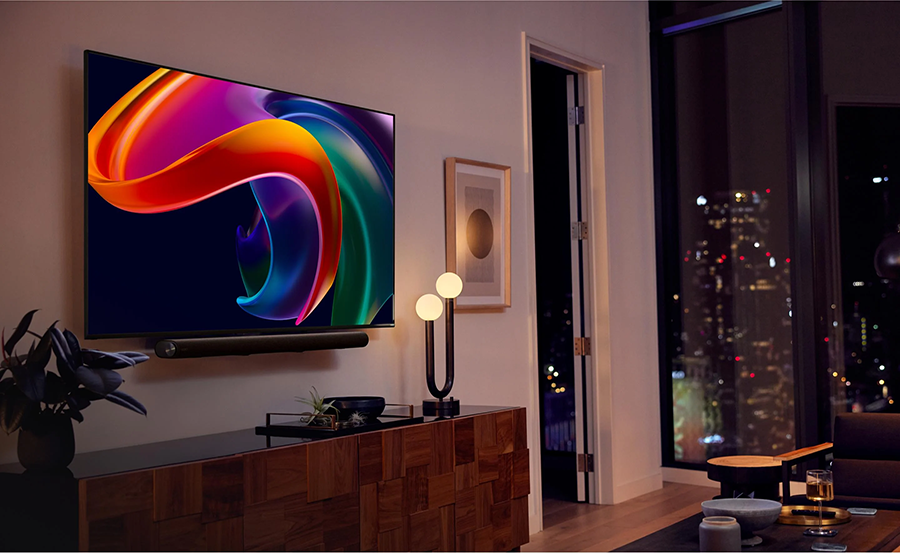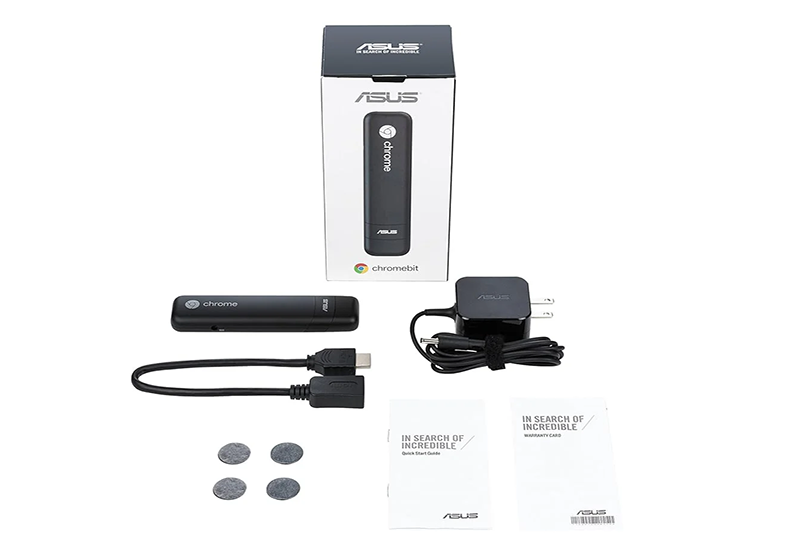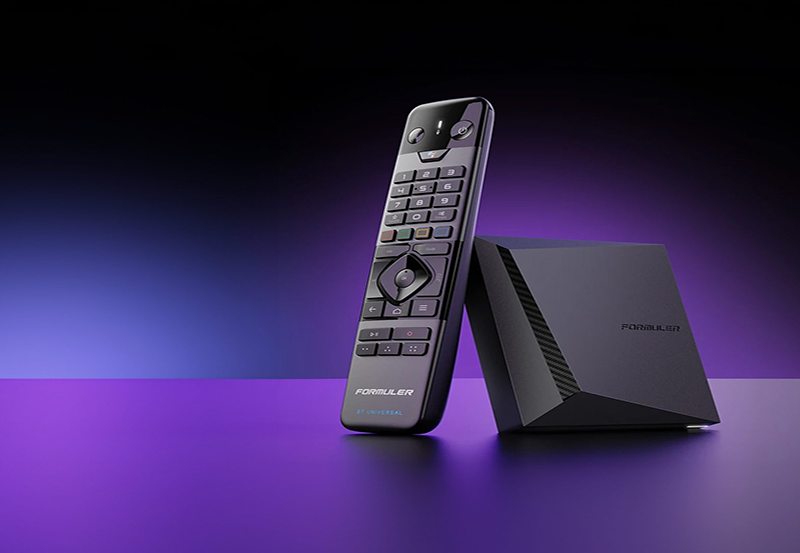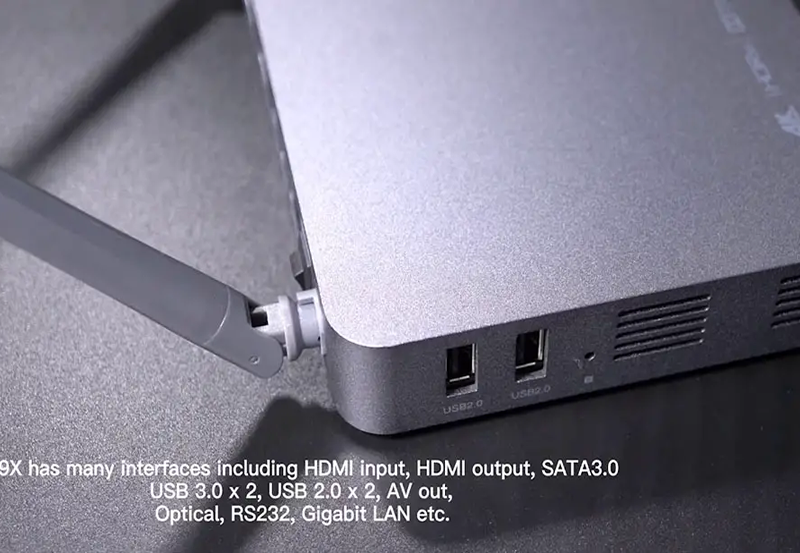Welcome to a journey of sound exploration with your Vizio Smart TV. We understand how frustrating it can be when the audio doesn’t match the visual excitement that your television offers. Whether you’re missing out on the thrilling sound effects of an action-packed movie or simply trying to enjoy your favorite music track, resolving sound issues is crucial for a satisfying experience. This guide will help you troubleshoot and resolve sound problems to maximize your streaming delight. But before we dive into the technical details, let’s unearth some common reasons why your Vizio Smart TV might be experiencing sound problems.
Understanding the Basics of Vizio Smart TV Sound Issues
Common Sound Problems
Many Vizio Smart TV users encounter a variety of sound issues. These can range from no sound at all to distorted audio output. Instances like intermittent sound or synchronization mismatches between audio and video are also frequently reported. Understanding these issues is the first step in resolving them effectively, as knowing the symptoms allows for a more targeted approach.
Often, problems arise due to the type of input being used, incorrect settings within the TV, or external interference. Sound problems could appear suddenly or worsen over time, making it crucial to deal with them promptly to enhance viewing pleasure. Let’s break down the most typical issues:
Expert Streaming Tip:
Stream the best content from the USA with Best IPTV for USA for unlimited entertainment options.
- No sound despite video output.
- Audio lags behind the video.
- Strange noises like static or popping.
- Low or inconsistent volume levels.
Potential Causes
The causes of these sound issues can be diverse. Things like cable issues, incorrect audio settings, or software glitches are commonly identified culprits. Sometimes, even a simple mistake such as muted sound settings or mistakenly selected input sources can lead to missing audio experiences. Moreover, network-related issues, especially if you’re using an IPTV service for Firestick, might influence sound quality.
It’s also important to consider hardware malfunction, which might be rare but still a possible cause. Environmental factors including electromagnetic interference or simply the physical placement of the TV can also play a role. This array of potential causes requires a well-structured approach to troubleshooting, as one or more issues might be interlinked.
Equipment Checklist
Before diving into troubleshooting steps, gather all necessary equipment to streamline the process. Ensure that you have:
- A reliable connection to the internet if using online services like IPTV.
- Fully functional remote control for easy navigation.
- Cables in good working condition.
- Access to TV’s user manual for reference.
This checklist will ensure that you do not face break-in proceedings due to missing components or an ill-prepared environment.
Step-by-Step Troubleshooting Process
Initial Checks and Adjustments
Begin the troubleshooting process by doing some basic checks. Double-check all the cables if they’re properly connected and not damaged. Look for any loose connections that might be causing sound issues. Since sound might be missing or distorted due to wrong settings, navigate to your TV’s sound menu using the remote control.
Look for common settings such as Volume Control, Sound Mode, and Balance. Make sure the mute setting is off, and test the TV volume by adjusting through various levels. Sometimes, simply restoring your TV to its factory settings can solve prolonged issues by reverting any unfamiliar changes to their default state.
Exploring the Audio Settings
Vizio Smart TV offers a range of audio settings that can be customized to meet various requirements. First, ensure the audio balance settings are equalized on both left and right channels. Additionally, explore sound modes such as Music, Movie, or Sports, which might enhance the audio output tailored to your current viewing type.
For connected devices, ensure that the correct input is chosen. Sometimes your TV might be set on a different input port like HDMI 1 or 2, instead of the one you are using. You can navigate through the input selector option to ensure the right one is selected, allowing the TV to process sound accurately.
Software and Firmware Updates
Outdated software or firmware could be the root of your sound problems. Ensure your Vizio TV is running the latest version of its firmware. Head to the settings and look for the System or Support menu where you can find firmware update options. Ensure a stable internet connection during this process.
Regular updates ensure that your TV is equipped with the latest features and improvements, potentially resolving sound glitches. Updates should be done periodically as part of maintenance to keep the television in optimal condition.
Checking External Device Connections
If you are using external devices such as soundbars or home theater systems, ensure they are correctly connected. Verify the cables linking the TV and audio output devices. These cables should be compatible, and fittings should be snug, without strain or looseness.
- Opt for higher-quality HDMI cables if available.
- Ensure compatibility with Dolby audio settings if available.
Sometimes external devices can overshadow TV settings, so toggling through options on both TV and soundbar settings might reveal corrupt settings unnoticed earlier. Consistency is key, so maintaining system uniformity will show improvements.
Factory Settings Reset
If all else fails, resetting your Vizio Smart TV to its factory settings often resolves persistent issues. This procedure, however, will wipe out customizations and saved settings, so proceed with caution.
To perform a reset, go into the System menu on your TV, find “Reset & Admin,” and follow the on-screen instructions. After resetting, reconfigure your settings to meet your specific needs and test if the sound issues are resolved.
Engaging Professional Assistance
If after performing all logical troubleshooting steps you are still experiencing issues, engaging professional support might be the next step. Whether it’s reaching out to Vizio’s customer support or consulting with a professional technician, expert advice can sometimes reveal overlooked aspects.
Professional assistance ensures that both warranty terms are honored and that equipment is handled accurately. They can perform more in-depth diagnostics to determine hardware malfunctions or verify specific software corruption that might affect sound quality.
Additional Tips for Optimal Experience
Optimize for Streaming Services
Streaming services often have specific requirements to function smoothly. If sound problems persist while using IPTV service for Firestick or similar streaming platforms, ensure the service is fully compatible with your Vizio Smart TV model.
Compatibility first entails checking for correct installation and service plans that your network infrastructure can support. Sometimes, streamlining your internet bandwidth exclusively for IPTV connections enhances the overall sound experience devoid of interruptions.
Proper TV Placement
Environmental acoustics influence sound quality significantly. Consider the placement of your TV for better sound diffusion. A TV placed against a wall might offer enhanced sound directionality compared to a corner placement.
Additional acoustic treatment options like wall sound proofing or furniture placement adjustments can drastically improve sound clarity, making dialogue discernible with less volume. Experimenting with speaker positions within the room can help determine the “sweet spot” for optimal sound.
Leveraging Sound Enhancement Technologies
Alternative technologies such as soundbars, when paired with TVs, can amplify sound quality significantly. Modern soundbars come with features like surround sound and active noise cancellation, elevating movie or music experiences beyond standard in-built audio capabilities.
Ensure that these devices are set up to sync directly with your TV and the service being streamed for them to work in harmony. Input selection based on ARC or eARC compatibility among devices breeds improved reliability and sound balance.
Investing in Quality IPTV Subscription Plans
Issues such as sound distortion might stem from poor streaming sources. Certain IPTV subscription plans provide enhanced sound precautions through better bitrates and consistent connectivity.
When seeking to boost your streaming experience, opt for subscription plans that stress service uptime and offer premium content quality. a reflective plan attracts better buffering capabilities and enriched audio outputs suitable for high-res shows.
Wrapping Up the Sound Journey
The world of sound issues on Vizio Smart TVs might seem complex, but armed with the right tips and processes, you can conquer these challenges. From simple settings adjustments to exploring external devices and professional help, turning your sound issues into delightful audio experiences is entirely possible. Your TV, now potentially an exquisite treasure of stellar sound and visuals, awaits your action-packed and heart-felt journeys. So go on, maximize the sound delight and enjoy your shows without a hitch.
Frequently Asked Questions (FAQ)

Why is my Vizio TV sound not synchronizing with the video?
This issue often arises due to incorrect audio settings or firmware issues. Checking and adjusting the audio/video sync settings in the sound menu, or updating your TV’s firmware, can resolve this problem.
Can I connect external speakers to my Vizio Smart TV?
Yes, external speakers, including soundbars and home theater systems, can be connected to a Vizio Smart TV through available audio output options like HDMI or optical audio cables. Ensure compatibility for optimal performance.
What should I do if my Vizio TV’s volume is too low?
Low volume levels could result from incorrect sound settings or a faulty remote control. Adjust the TV’s audio settings in the sound menu, and check for volume restrictions like ‘Auto Volume Control.’
Is resetting my Vizio TV the only solution for sound issues?
Resetting should be the last resort after all troubleshooting steps have been exhausted. It’s most effective in resolving persistent settings conflicts or unknown software bugs, but remember, it will erase all personalized settings.
How often should I update the TV firmware?
Regularly checking for firmware updates, perhaps quarterly, is advisable to ensure your TV benefits from the latest features and bug fixes. Always make sure your TV is connected to the internet for seamless updates.
Do IPTV services from Firestick affect my TV’s sound settings?
IPTV services, when not optimally installed or when used with incompatible subscription plans, might interfere with sound. Ensure your IPTV service for Firestick is properly set up to guarantee an unparalleled audio experience.
What are the best IPTV subscription plans for sound quality?
The best plans often emphasize high-streaming quality and sound precision. Look for plans with high bitrate options, lesser downtime, and reliable service support to ensure uninterrupted sound quality during your streaming sessions.
Legal Aspects of Using Kodi IPTV That You Should Know





